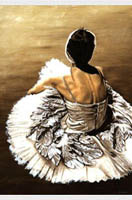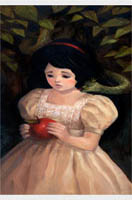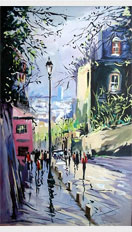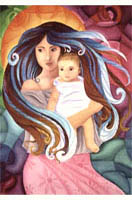Oil painting -> List of Painters -> Paul Kane
Paul Kane
 |
Early Days: |
Career:
Kane began a career as a sign and furniture painter at York, moving to Cobourg, Ontario, in 1834. At Cobourg, he took up a job in the furniture factory of Freeman Schermerhorn Clench, but also painted several portraits of the local personalities, including the sheriff and his employer's wife. In 1836 Kane moved to Detroit, Michigan, where the American artist James Bowman was living. The two had met earlier at York. Bowman had persuaded Kane that studying art in Europe was a necessity for an aspiring painter, and they had planned to travel to Europe together. But Kane had to postpone the trip, as he was short of money to pay for the passage to Europe and Bowman had married shortly before and was not inclined to leave his family. For the next five years, Kane toured the American Midwest, working as an itinerant portrait painter, travelling to New Orleans.
In June 1841, Kane left America, sailing from New Orleans aboard a ship bound for Marseilles in France, arriving there about three months later. Unable to afford formal art studies at an art school or with an established master, he toured Europe for the next two years, visiting art museums wherever he could and studying and copying the works of old masters. Until autumn 1842 he stayed in Italy, before trekking across the Great St. Bernard Pass, moving to Paris and from there on to London.
|
In London he met George Catlin, an American painter who had painted Native Americans on the prairies and who now was on a promotion tour for his book, Letters and Notes on the Manners, Customs and Conditions of the North American Indians. Catlin lectured at Egyptian Hall at Piccadilly, where he also exhibited some of his paintings. In his book Catlin argued that the culture of the Native Americans was disappearing and should be recorded before passing into oblivion. Kane found the argument compelling and decided to similarly document the Canadian Aboriginal peoples.








